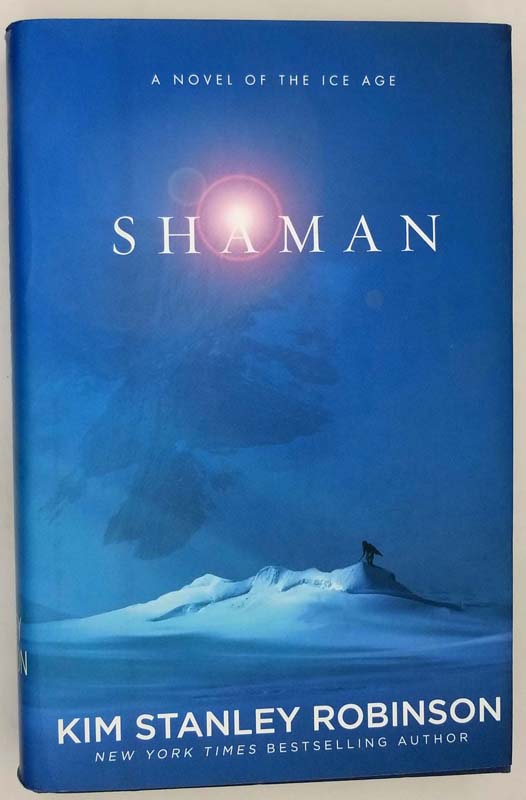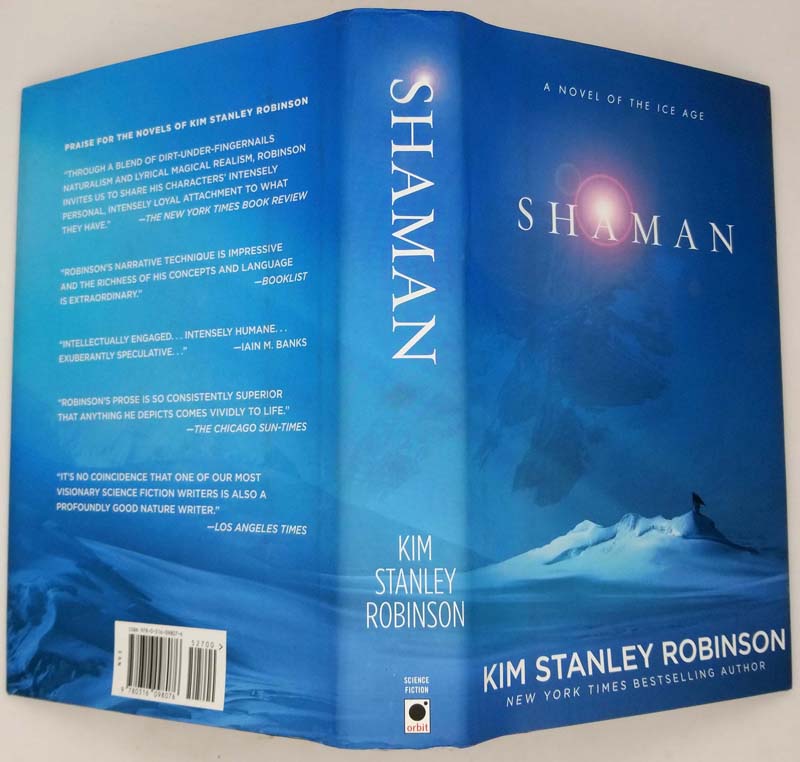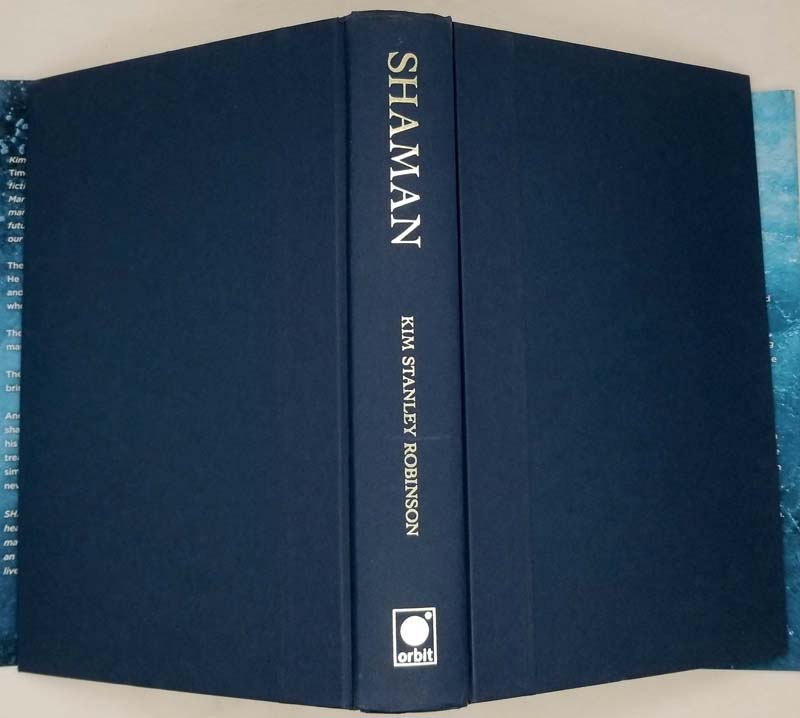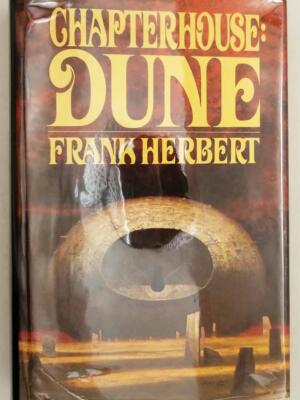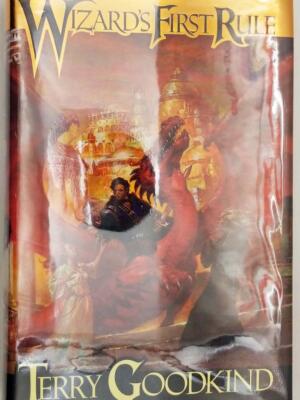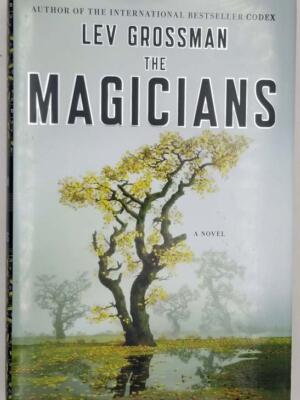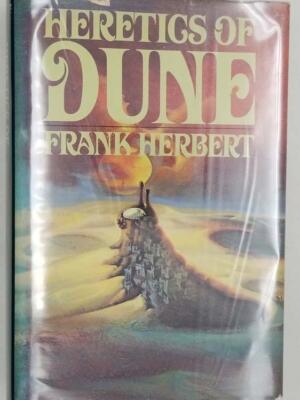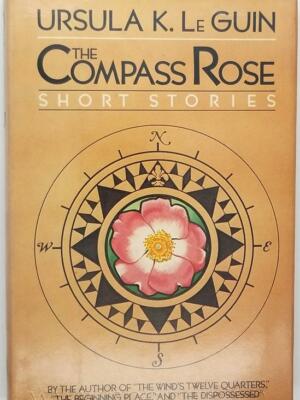Shaman (2013) by Kim Stanley Robinson is a vivid, immersive journey into the Paleolithic era, blending rigorous historical speculation with the timeless struggles of survival and community. The novel follows Loon, a young shaman-in-training in a small tribe 30,000 years ago, as he endures a grueling initiation—abandoned naked in the wilderness—and later contends with rival clans, harsh winters, and the mysteries of early human creativity (cave art, ritual, and storytelling).
Robinson’s meticulous research (from flint-knapping to Ice Age flora) grounds the narrative, while his lyrical prose captures the awe of a world untamed by modernity. Themes of tradition versus innovation pulse through Loon’s growth, culminating in a breathtaking sequence inside the “cave of the mother,” where art and spirituality collide.
A departure from Robinson’s sci-fi epics (Mars Trilogy), Shaman is a primal, poetic ode to humanity’s first steps toward culture.
